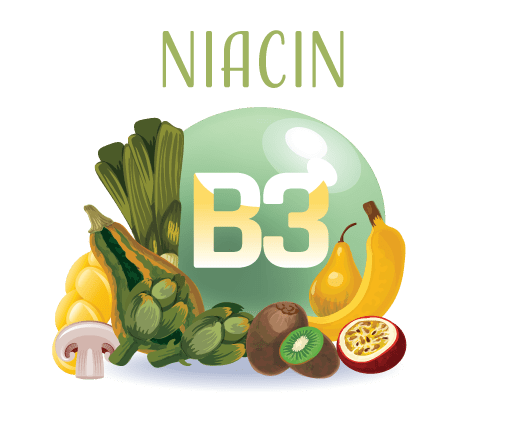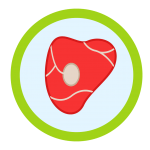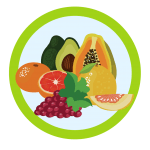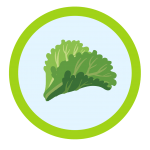Niacin: Small Intestine to Big Impact – Fuel Your Metabolism with Vitality.
Niacin is an essential nutrient required for the proper functioning of various bodily processes. However, it is not naturally produced by the body in sufficient quantities, which is why it must be obtained from external sources such as diet. Once ingested, niacin is primarily absorbed in the small intestine and is transported to the liver. The liver acts as a processing center for niacin, converting it into its active forms, which are then released into the bloodstream to be transported to various body tissues.
Moreover, the body can produce niacin from the amino acid tryptophan, which is present in many dietary sources such as dairy, poultry, fish, and nuts. However, this conversion process is not always efficient, and the body’s requirement for niacin may not be met. This is why it becomes crucial to ensure that adequate amounts of niacin are included in the diet through conscious food choices.










